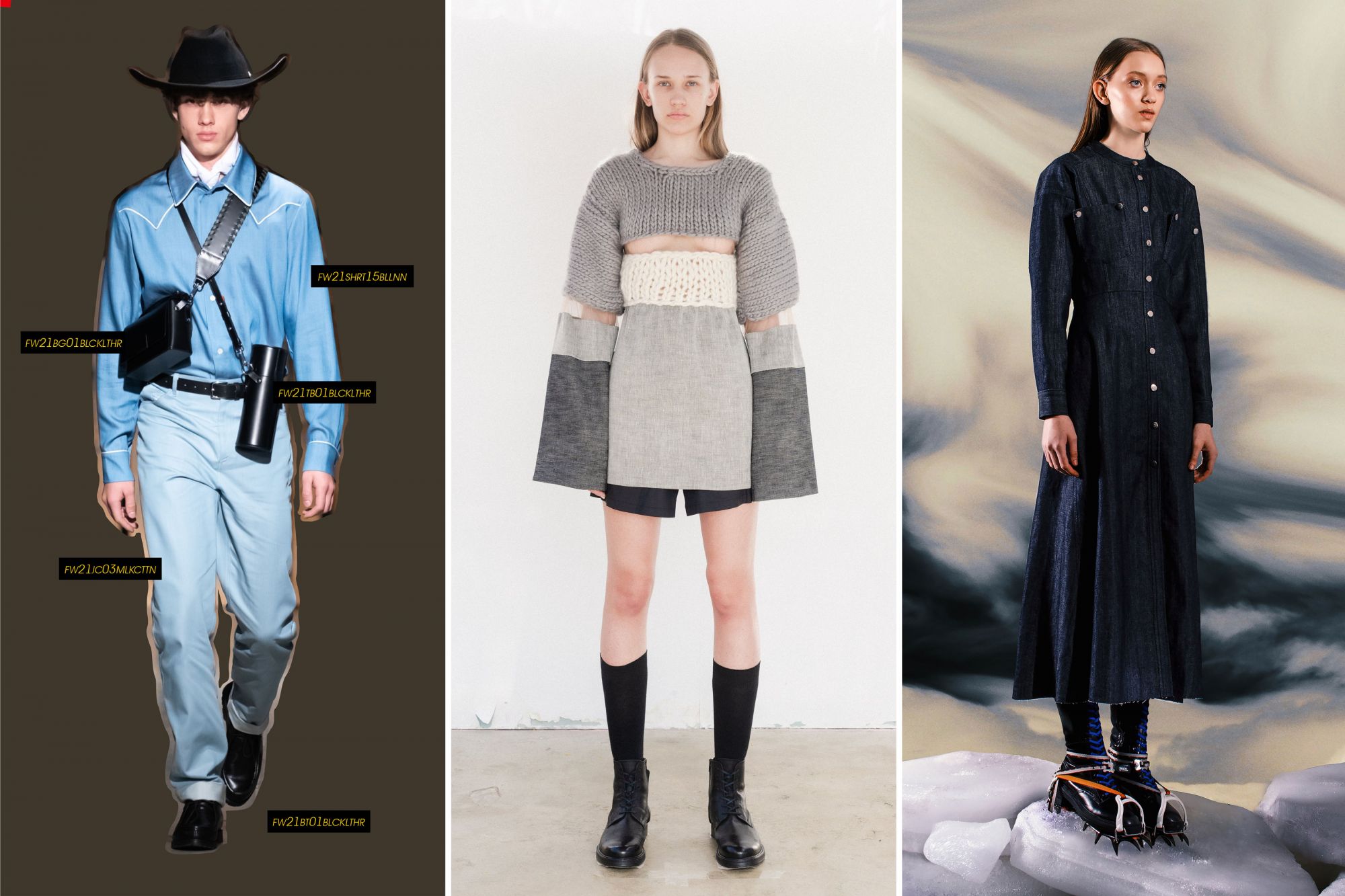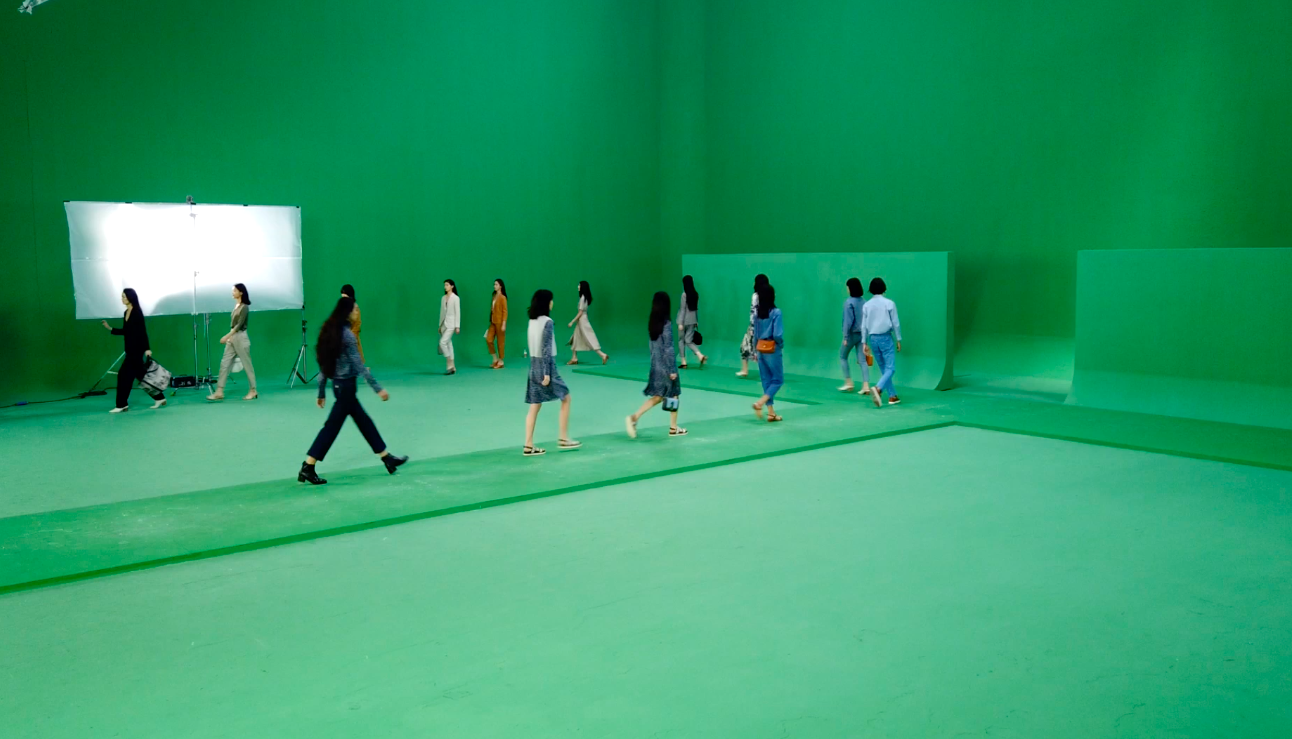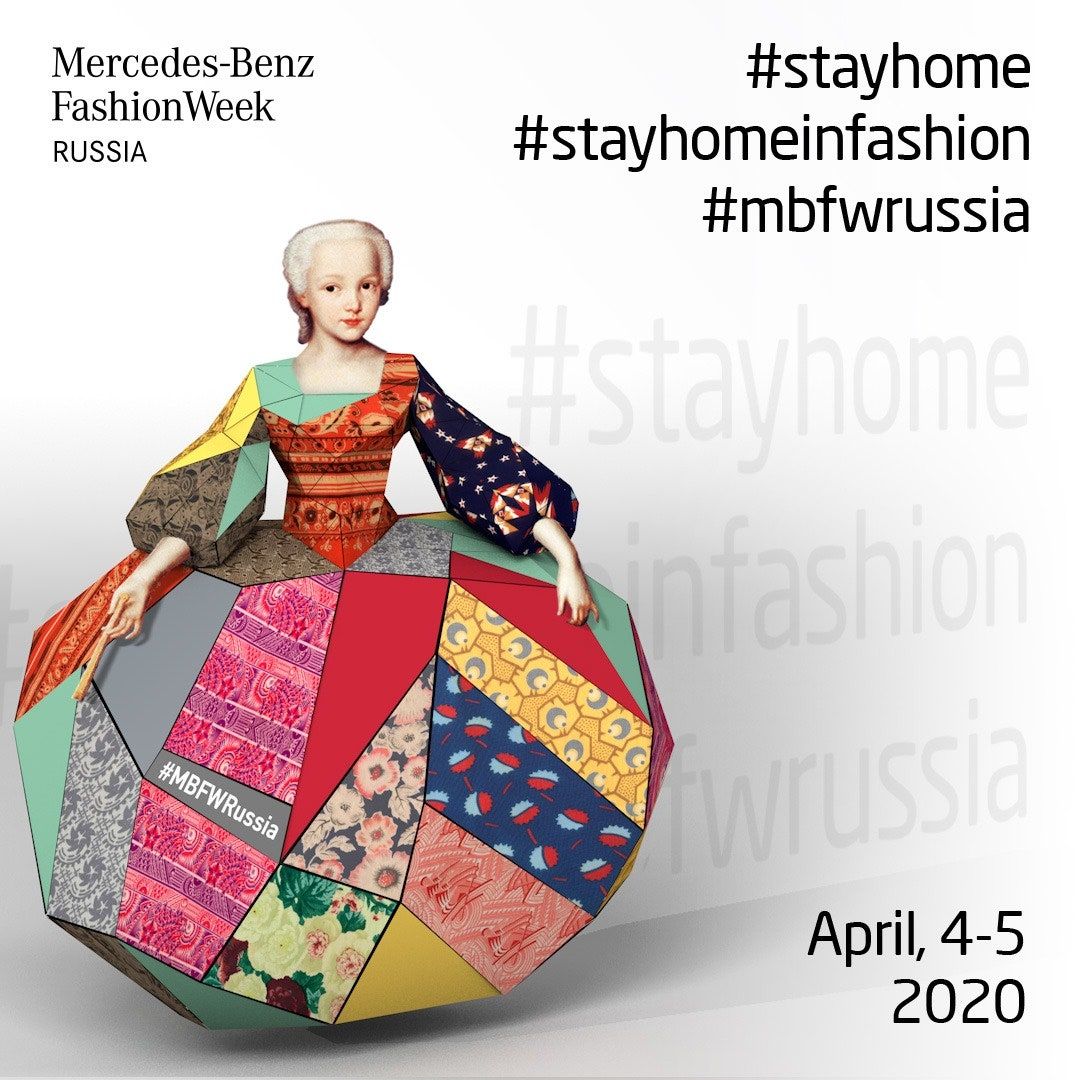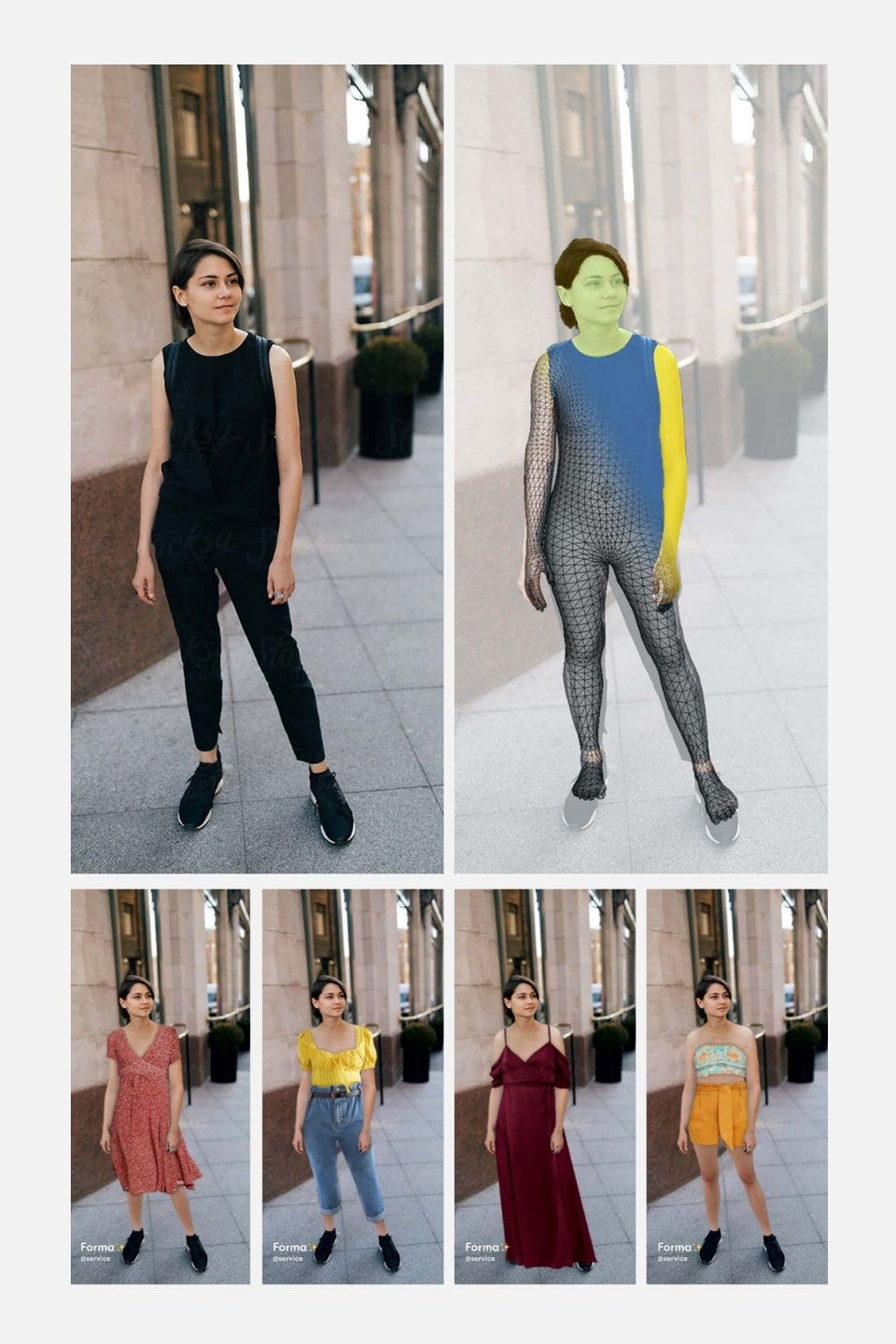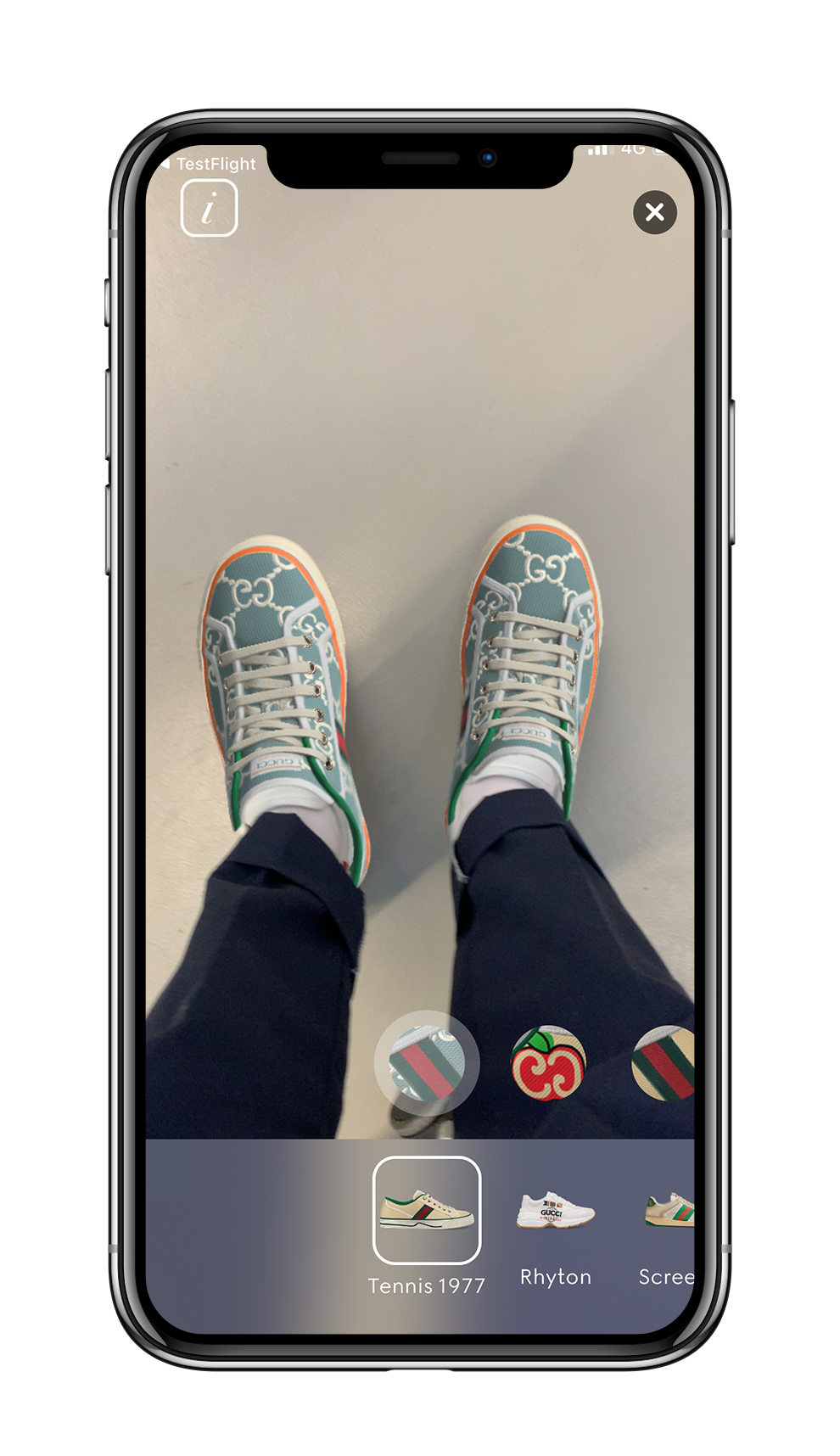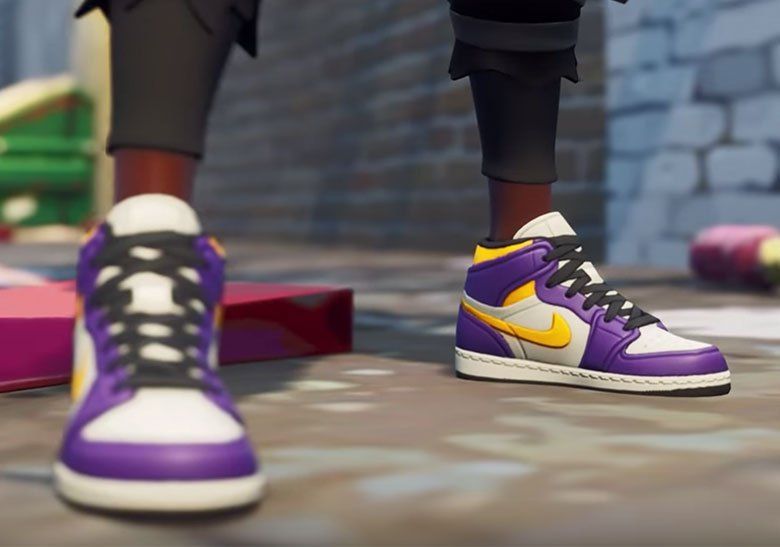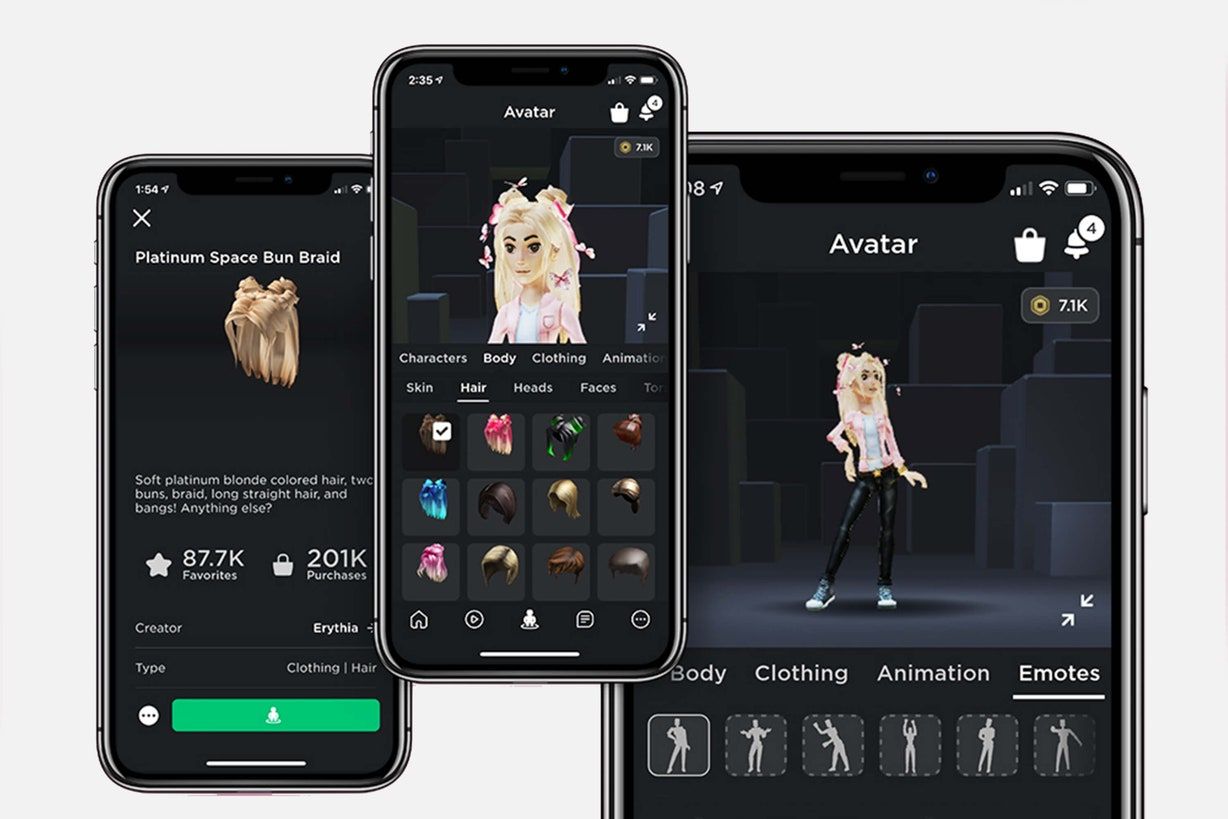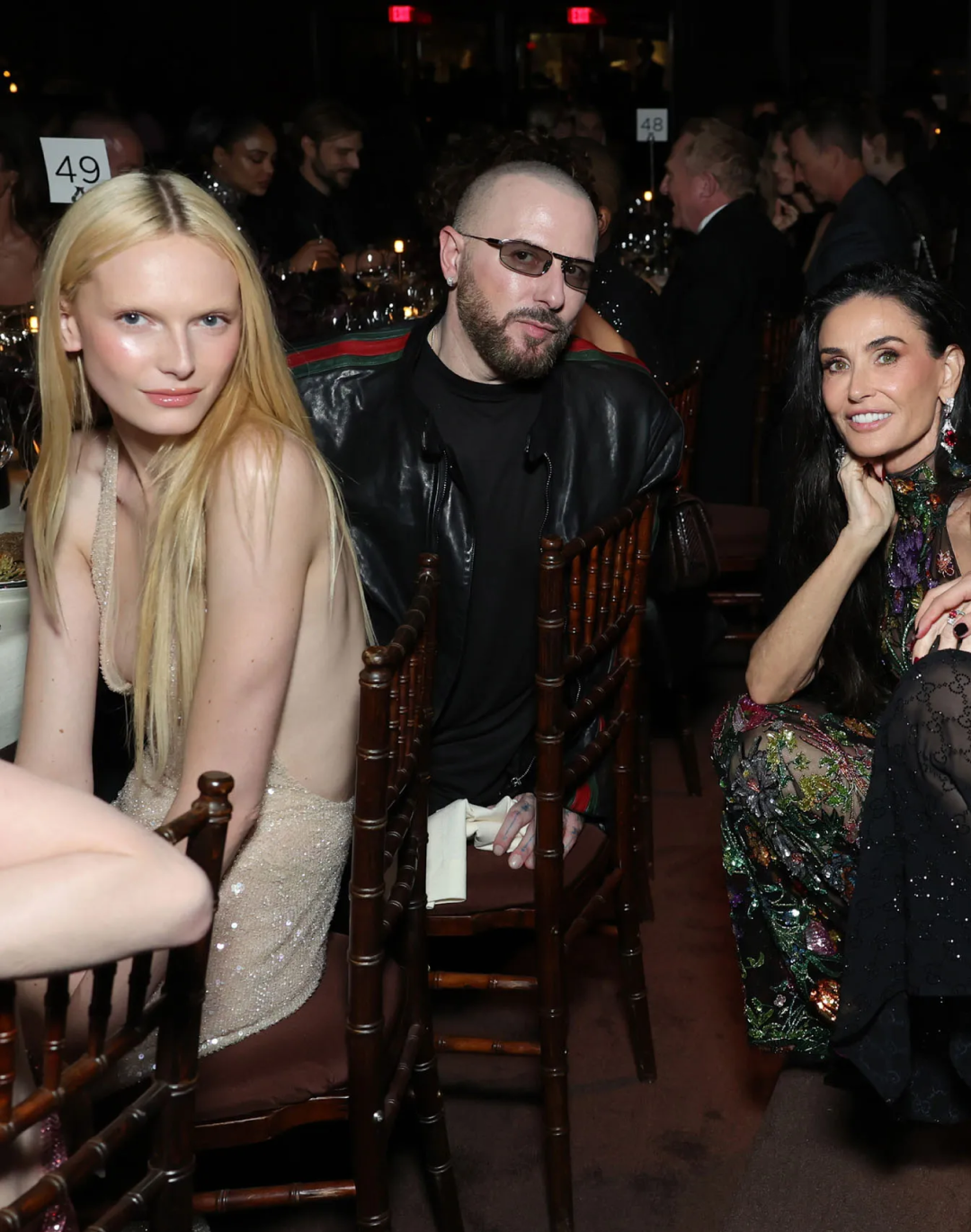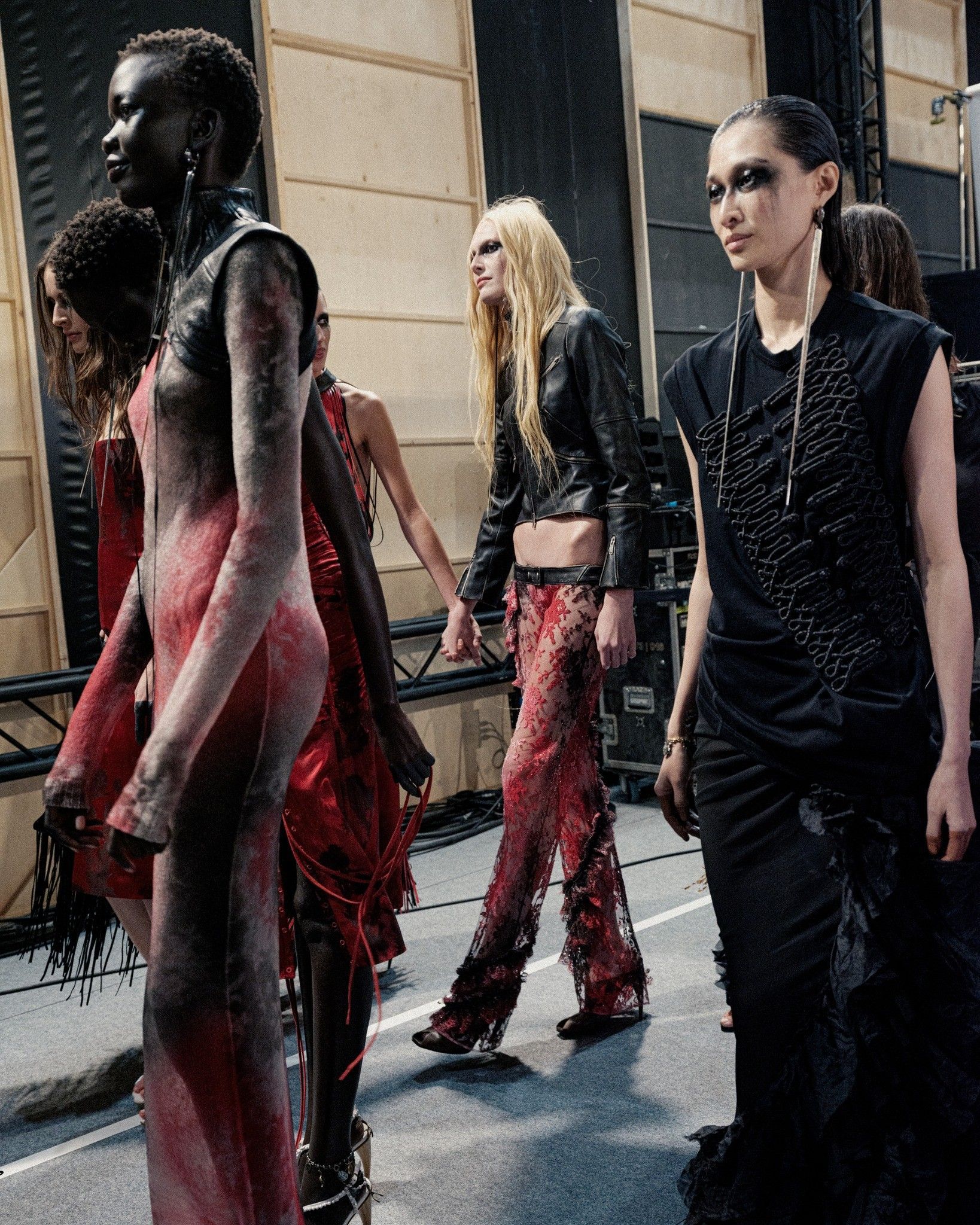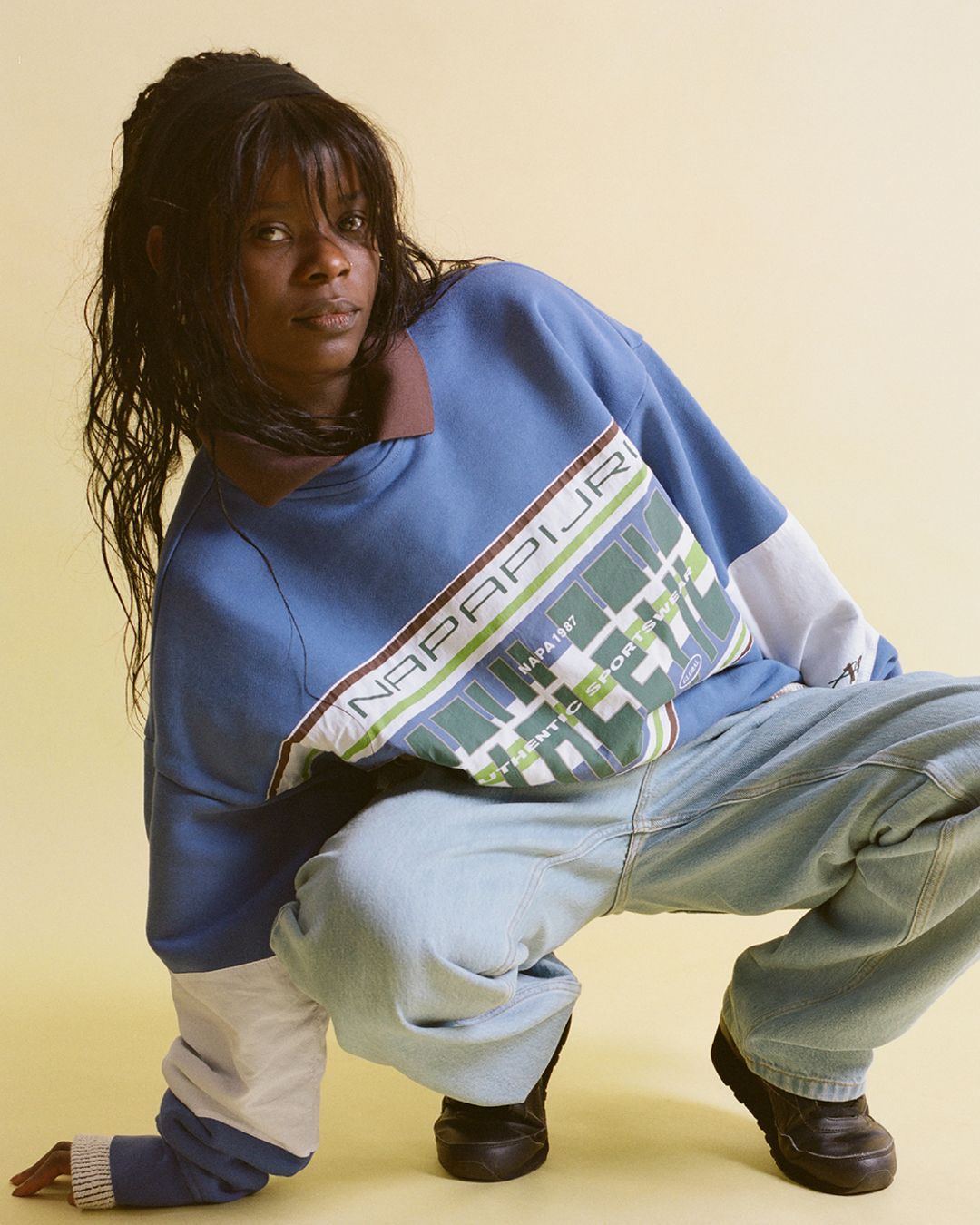
Can digital fashion save the fashion industry? That which is impossible in the physical world, is possible in the virtual world
Over the past few weeks, much has been said and written about the fashion world's reaction to coronavirus. An industry with a global value of 2.3 trillion euros, held up by a complex and delicate chain of processing, distribution and marketing processes. The main points of contact between this industry and its consumers is still offline events: fashion shows, showroom presentations and the retail experience. The main appeal of the New Luxury is in fact more psychological than physical: a fashion that loses its fashion shows and its demimonde made of events, boutiques and fashion weeks is a fashion that loses its mystique. In a historical period when these pivotal experiences are no longer feasible, the fashion system must find a way to propose an alternative. In recent months, this alternative has been digital fashion.
Apps, virtual reality and videogames
According to a report by Vogue Business, in the last month there has been a significant increase in downloads for all apps that allow you to digitally interact with clothes. Apps like Forma and Drest have seen their users increase by 50% in a month. Only in Italy, for example, during the first week of April, Drest downloads quadrupled compared to the previous month. In the world of video games, however, games that allow you to customize outfits and avatars have made remarkable leaps forward. The three most important were certainly Animal Crossing, League of Legends, Fortnite and The Sims – in which numerous digitized fashion items were infiltrated – but also a platform like Roblox, which added new Nike digital products to its database on last Air Max Day. One brand that has long mastered the boom of virtual reality was Gucci, which a few months ago completely restructured its app, allowing users to use augmented reality to digitally wear clothes or display furniture objects directly in their own home, as well as interact with the tight community around the brand.
Digital fashion weeks
The quickest reaction to the new challenges posed by the pandemic came from China. On February 10th it was announced that Shanghai Fashion Week would be postponed but just over two weeks later, on February 18, it was announced that fashion week would take place digitally, via a live-stream broadcast through the T-Mall and Taobao apps. The formats of the videos were different: some brands presented the Fall-Winter collection, others the Spring-Summer that was already on sale, some went live, others used pre-recorded videos, some presentations had a real audio commentary as in a telesales and others were more or less traditional fashion shows. The fundamental fact, aside from all possible variations, is however that the fashion week was held, and a much greater number of brands (more than a hundred) had the opportunity to present their creations. This new format has gained two and a half million views and maintained a very good sales conversions rate. Moscow Fashion Week was also held in the same way and, this summer, fashion weeks in London and Helsinki will also be digitized.
From the point of view of industry and buyers, however, the digitization of fashion shows is only a partially sufficient surrogate. Glitches in the videos, connection issues and low resolution prevented you from correctly evaluating some details of the garments, their quality and materials. Moreover, the ten minutes that a fashion show usually occupies is just the tip of the iceberg of a fashion week: important moments such as the meeting between journalists and creative directors to comment more closely on the details of the creations or the impossibility of the traditional visit to the showroom are essential factors that in Shanghai have been missed and that the general public does not see. Shanghai Fashion Week in its digital format was in fact considered more a presentation for the public than for industry insiders – a mass teleshopping, so to speak, organized not for buyers and journalists but for individuals who will then go to buy the garment just seen at the press of a button.
The Fabricant and the new digital content
In short, the current crisis in retail and traditional fashion can become a breeding ground for experimentation. In an article from last November, nss magazine had talked about a digital dress by the Dutch company The Fabricant. If a few months ago that company was working in its own niche and accepted only a few commissions from selected clients, today it already has important digital projects behind it. The most recent is the collaboration with Napapijri, for which The Fabricant has created an entirely digital campaign, without photographers, models or concrete clothes, saving on physical resources and ensuring a space of creative freedom much greater than what a photoshoot could boast. Something similar happened with the recent digital campaign of Selfridges created by DIGI-GAL, while the Rohbau brand was recently launched that for 40th "dresses" photos of its customers with a series of digital hoodies designed by Central Saint Martins student, Assaf Reeb.
At a time when many voices within the system are wondering if fashion will be the same again after the pandemic is over and when the same players of the fashion system are thinking about how to reconfigure the physiognomy of the industry, digital fashion can certainly propose some alternative solutions, but it must also be considered that the success and longevity of the fashion industry relates to the daily lives of consumers – consumers who, between spending money on a digital hoodie or for a physical, will tend to buy something they can wear in person and not make the avatar wear some game or digitally mount on a photograph. Luxury is perhaps a frivolous industry, but at the end of the day it is also one of the most concrete ones, one of the most tangible products that you can have and wear without the mediation of any screen.










































